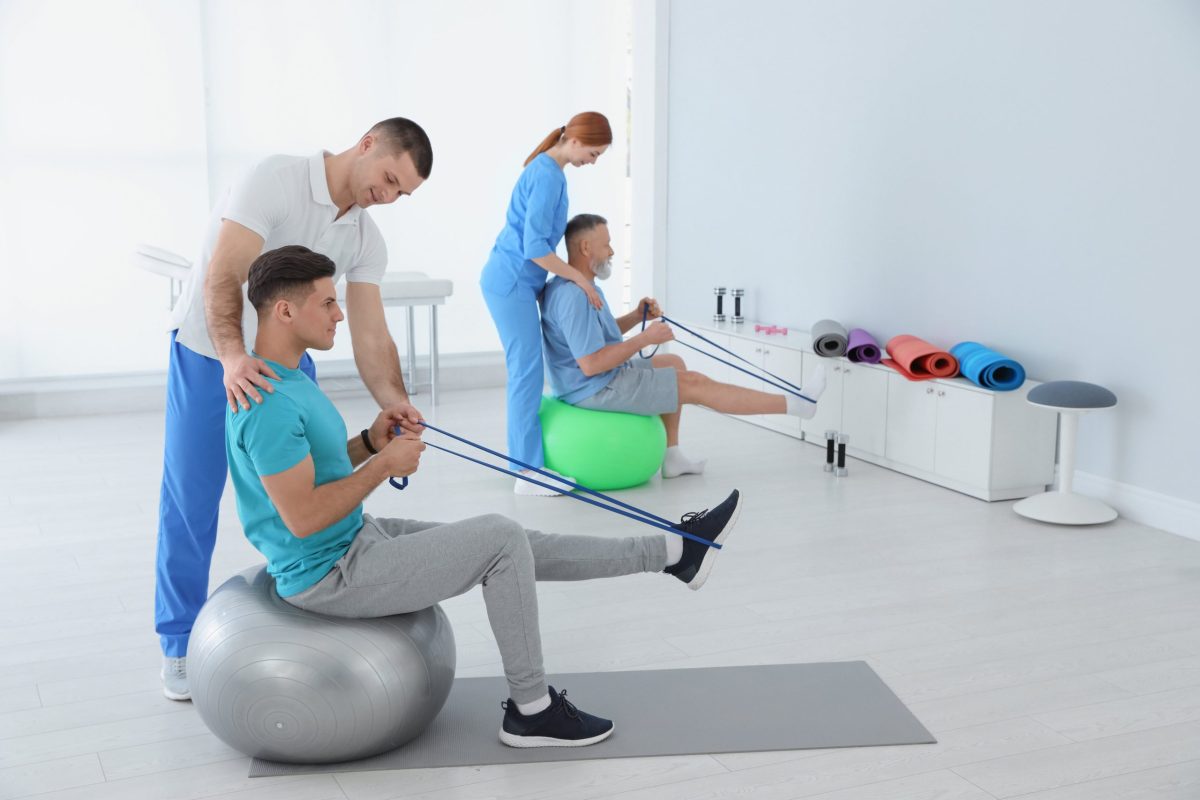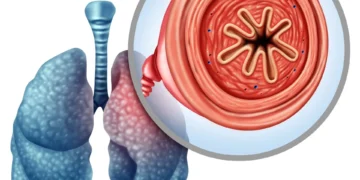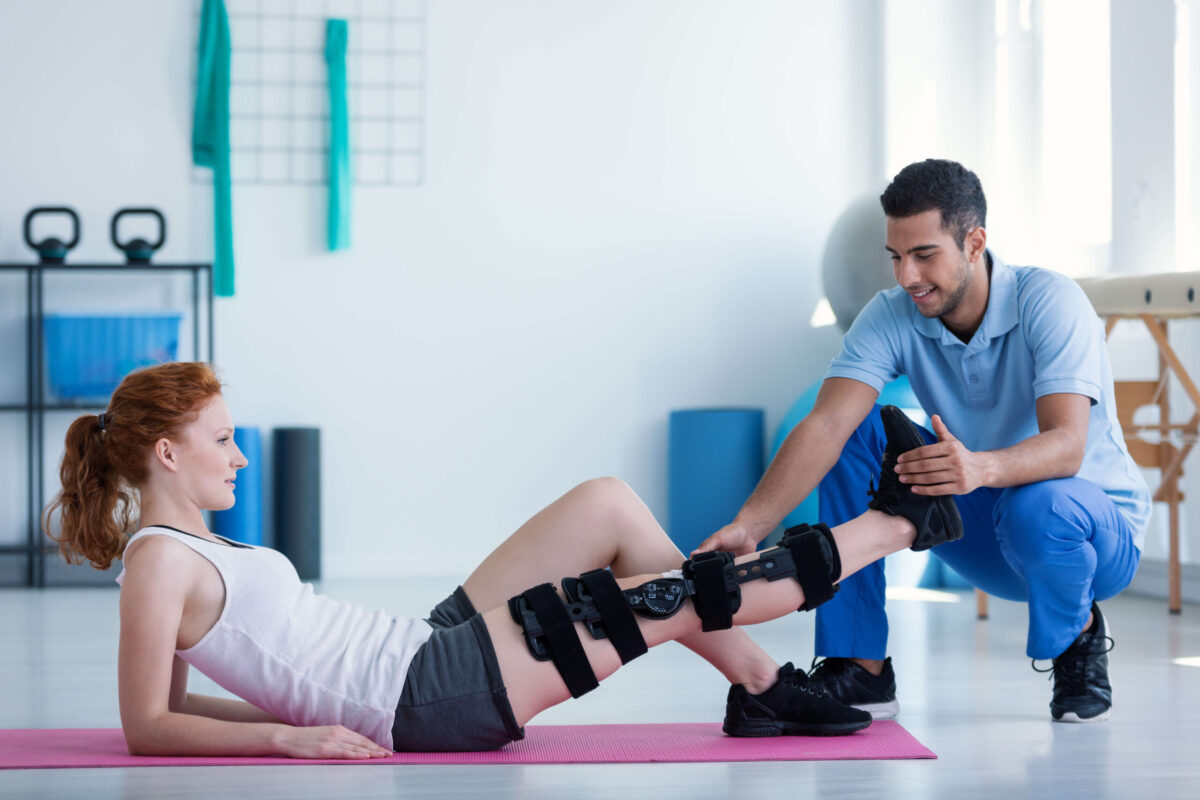Physical therapy is an essential part of healthcare, aiming to improve and restore physical function and quality of life for those who have experienced injuries, surgeries, or other health issues. It often involves exercises and techniques designed to enhance strength, flexibility, and overall well-being.
A core component of physical therapy is Pilates. Physical therapists prescribe Pilates exercises to target strength, improve range of motion, and restore function and movement. Explore how Pilates can be a valuable tool in physical therapy in rehabilitation with our team at Ironhorse Physical Therapy & Pilates. Our physical therapists help patients every day through rehabilitation at our Pilates Studio in San Ramon, CA.
Table of Contents
Understanding Pilates
Pilates is a system of exercises designed to promote flexibility, strength, and balance, with an emphasis on core stability. Under the guidance of a physical therapist, clinical Pilates consists of a series of controlled, low-impact movements performed on a mat or specialized equipment, such as a reformer or Cadillac. Pilates focuses on precise movements and breathing techniques to engage the deep muscles of the abdomen and back, promoting proper alignment and posture. This can be beneficial for rehabilitating a range of different musculoskeletal issues, from shoulder pain to muscle strains.
A Synergistic Relationship
Pilates and physical therapy share a common goal – to improve a patient’s physical well-being. This shared objective has led to the integration of Pilates exercises into many physical therapy programs. Here’s how Pilates can enhance physical therapy and aid in the recovery process:
1. Core Strengthening
One of the fundamental principles of Pilates is core strengthening. The core muscles include the abdominals, obliques, and lower back muscles. A strong core is essential for overall stability, proper posture, and injury prevention.
In physical therapy, core strengthening is often a primary focus, as it can alleviate chronic back pain and improve the function of the spine. Pilates exercises target the core muscles, providing an effective and controlled method to strengthen and stabilize the trunk. This is particularly beneficial for patients recovering from spinal injuries or surgeries.
2. Improved Flexibility
Flexibility is crucial for maintaining joint mobility and preventing stiffness, especially after an injury or surgery. Pilates exercises emphasize stretching and lengthening the muscles, helping individuals regain and maintain their range of motion.
Physical therapy often incorporates Pilates movements to improve flexibility in specific areas, such as the hips, shoulders, and spine. Enhanced flexibility can expedite the rehabilitation process and reduce the risk of future injuries.
3. Posture Correction
Poor posture is a common issue that can lead to musculoskeletal problems and chronic pain. Physical therapists often work with patients to correct their posture and alignment. Pilates is renowned for its focus on body awareness and alignment.
By teaching individuals how to engage and maintain proper posture during exercises, Pilates helps individuals carry these lessons into their daily lives. Improved posture not only reduces pain but also contributes to a better quality of life.
4. Balance and Coordination
Balancing and coordination are essential skills for daily life and often become impaired after an injury or surgery. Pilates exercises are designed to enhance balance and coordination, as many movements require precise control and engagement of various muscle groups.
Physical therapy programs that incorporate Pilates can improve an individual’s ability to navigate obstacles, reduce the risk of falls, and regain their independence.
5. Low-Impact Rehabilitation
In many cases, individuals undergoing physical therapy are recovering from injuries or surgeries. Pilates offers a low-impact, gentle approach to exercise that minimizes stress on joints and muscles.
This makes it an excellent choice for those who need rehabilitation without placing excessive strain on their bodies. The controlled nature of Pilates movements ensures that patients can progress at their own pace, reducing the risk of re-injury and making it accessible to people of all fitness levels.
6. Customization
Physical therapy is highly individualized, as treatment plans must be tailored to a patient’s specific needs and condition. Pilates is adaptable and customizable, allowing physical therapists to design exercise programs that address each patient’s unique requirements. Whether it’s recovering from knee surgery, managing chronic pain, or rehabilitating a sports injury, Pilates can be tailored to suit the patient’s goals and limitations.
7. Long-Term Benefits
The benefits of Pilates in physical therapy extend beyond the rehabilitation phase. Many individuals who incorporate Pilates into their recovery find that it becomes a lifelong practice. By continuing Pilates exercises after physical therapy, patients can maintain their improved strength, flexibility, and overall fitness, reducing the risk of recurring injuries and enhancing their quality of life.
A Holistic Approach to RehabilitationyPilates and physical therapy go hand in hand, offering a complementary approach to rehabilitation and wellness. If you’re considering physical therapy for an injury or health issue, inquire about the possibility of incorporating Pilates into your treatment plan at Ironhorse Physical Therapy & Pilates. Our San Ramon Physical Therapy team is here to promote long-term health and well-being.


 Home
Home









